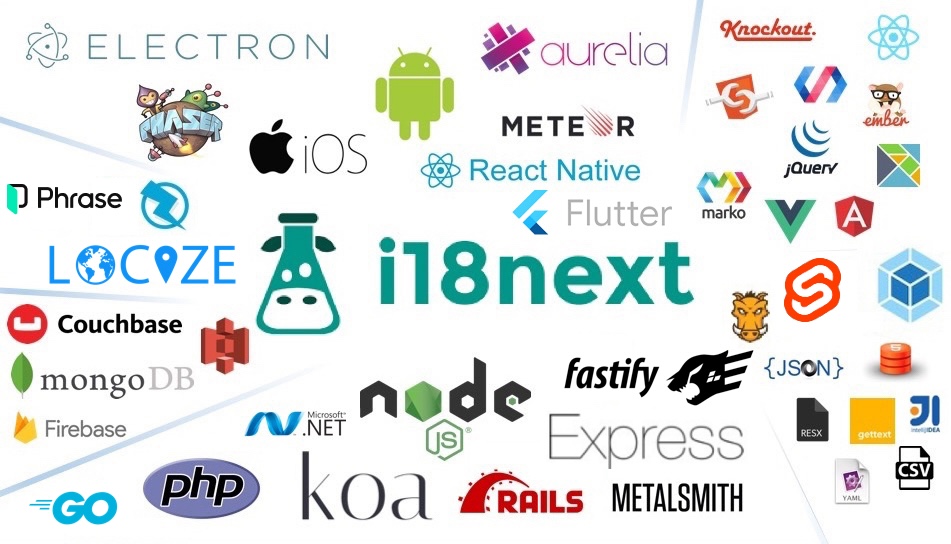Translation Management
- react-i18next:
react-i18next offers a flexible approach to managing translations, allowing developers to define translations in JSON files or directly within the code. It supports dynamic loading of translations, enabling applications to fetch only the necessary language resources, which can improve performance.
- @lingui/react:
@lingui/react provides a powerful CLI tool that helps in extracting translation messages from your codebase, making it easier to manage and update translations. It supports message catalogs in various formats, allowing for easy integration with translation services and tools.
Performance
- react-i18next:
react-i18next provides features like lazy loading of translations and caching mechanisms to enhance performance. However, it may require more careful management of resources to avoid loading unnecessary translations, especially in larger applications.
- @lingui/react:
@lingui/react is designed with performance in mind, allowing for tree-shaking, which means that only the used translations are included in the final bundle. This results in smaller file sizes and faster load times, making it suitable for performance-sensitive applications.
Ease of Use
- react-i18next:
react-i18next is known for its rich feature set and flexibility, which can come with a steeper learning curve. However, it provides extensive documentation and examples, making it easier for developers to understand and implement complex i18n scenarios.
- @lingui/react:
@lingui/react has a straightforward API that integrates seamlessly with React components. Its focus on simplicity and modularity makes it easy to adopt, especially for developers who prefer a clean and minimalistic approach to i18n.
Community and Ecosystem
- react-i18next:
react-i18next has a large and active community, with extensive resources, plugins, and integrations available. It is widely used in the React ecosystem, ensuring that developers can find support and solutions to common challenges.
- @lingui/react:
@lingui/react has a growing community and is part of the Lingui ecosystem, which includes tools for managing translations and integrating with various frameworks. Its focus on modern JavaScript practices makes it appealing to developers who prioritize maintainability.
Localization Features
- react-i18next:
react-i18next excels in providing comprehensive localization features, including support for nested translations, interpolation, and context-based translations. This makes it suitable for applications that require a high level of customization in their localization efforts.
- @lingui/react:
@lingui/react supports advanced localization features such as pluralization, gender-specific translations, and message formatting, allowing for a more nuanced approach to translations that can cater to diverse audiences.





